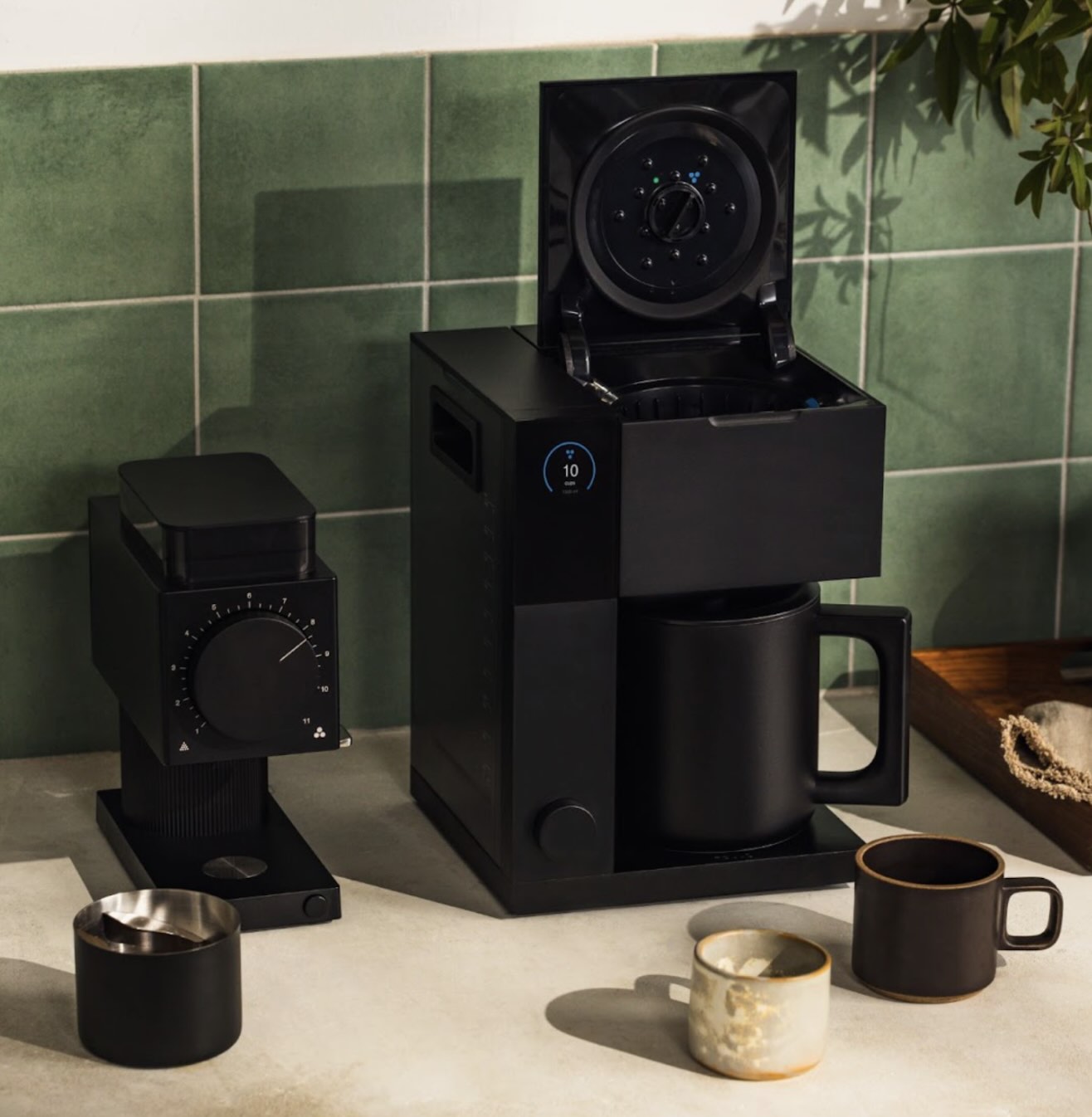Our team is dedicated to finding and telling you more about the web’s best products. If you purchase through our links, we may receive a commission. Our editorial team is independent and only endorses products we believe in.
Food, haircare, skincare, everything for babies, cleaning products – consumers are increasingly obsessed with buying natural or organic. According to the New Hope Network, the natural living market has more than tripled since 2007, from $97 billion to over $300 billion. We’ve even started to see more concern over the material our underwear and what our bedsheets are made of.
But there’s one thing that’s chronically overlooked and it’s part of our everyday lives. Everyone commonly spends one third of our entire existence with it – our beds, and more importantly, our mattresses. Furthermore, there are natural, organic options, and there have been for decades, but the majority of people aren’t sleeping on them. Earthfoam makes mattresses and pillows from natural latex.
We like
- Breathable
- Antimicrobial
- Certified organic and natural
- Lasts longer
- Ethically manufactured
We don't like
- They’re heavier and harder to move
- They cost a little more
- Firmness options are limited
What Are Our Mattresses Even Made Of?
On average, humans spend 9.1 hours a day sleeping or resting. A survey released by The Sleep Doctor said just under 35% of American adults sleep on a foam mattress, 30% sleep on one with an innerspring, and nearly 8% sleep on a hybrid mattress.
Foam mattresses are largely made of polyurethane, a synthetic material derived from petroleum. It isn’t necessarily toxic, but off-gasing from foam mattresses can be irritating to the eyes and respiratory systems. And, those made with cheaper materials can be worse for users.
Many people sleep on foam mattresses with no adverse effects; however, consumers who desire to can avoid synthetic materials on their beds. There are healthier options – for both the sleepers and those manufacturing them. Namely, natural and organic ones, and they’re made of natural latex from a rubber tree.
Established in the 1920s by scientist John Boyd Dunlop, rubber or natural latex mattresses weren’t commercially available until the 1930s. Thirty years later, they gained popularity in the 1960s. Today, they still aren’t the most popular type of mattress out there, but they’re probably the healthiest for both the consumers and the manufacturers.

Reading Beyond the “Natural” or “Organic” Label for Your Mattress
Oftentimes, we don’t know the requirements of being FDA-approved or whatever certification indicates that the things we buy are safe for us, and we do know that products can differ from country to country. (It’s why sunscreens and skincare available in France are different from those in the U.S.) But, Earthfoam, the natural latex mattress company is big on transparency, pursued the strictest certifications and achieved them.
Based in Chicago, IL and produced in Sri Lanka, Earthfoam owns their own factories, leverages smaller farmers in Sri Lanka to ensure organic rubbers is harvested, and in doing so, keeps their materials and production inline with certifications, so you can trust the material your bed is made out of. The ethical mattress of your dreams? Perhaps.
Firstly, they are Fair For Life certified, meaning they adhere to the most stringent certification for the working conditions of their employees and the most vulnerable in the supply chain, as well as pouring into the communities where employees and farmers reside and raise their families.
Global Organic Textile Standard and The Oeko-Tex® Standard 100 ensure that all materials used in Earthfoam products are organically grown and processed fibers, and every textile is tested against 1,000 harmful substances.
The process of harvesting rubber is called tapping. Farmers peel strips of the tree back for the sap to drip out, much like maple syrup. Things like altitude and climate can impact out much rubber sap a tree can produce in an allotted amount of time, but typically tapping about 10 acres of trees in one day heeds enough rubber to make one mattress.
The sap is poured into mattress shaped molds and heated up or vulcanized changing the liquid to a solid. From there, it’s removed from the form and washed. It’s repeatedly dipped into water and squeezed out before a rigorous quality inspection.
The Benefits of a Rubber Mattress
It’s very simple to make a case for an all natural latex mattress, both ethically and in terms of quality. The main benefit of having an Earthfoam mattress will be your sleep. Natural latex has an open cell structure which allows for more airflow. Additionally, Earthfoam’s mattresses are molded with tiny inlets for air, making them excellent for hot sleepers and those that are trying to get some shut eye next to them.
In addition to the breathability and airflow built into the mattress, the rubber is antimicrobial. You won’t have to worry about the build up of dust, mites and other common household allergens. Latex allergies on the other hand, affect only 1 to 6% of the population. Natural rubber mattresses are made differently than rubber gloves and may elicit less latex allergy reactions, but it’s still a case by case basis and should be taken into consideration.
According to Naplab, the average American has a mattress for 7 years. Earthfoam has a 10-year warranty, and rubber mattresses are known to last longer than coil or poly foam mattresses. “We hear all of the time from customers about latex mattresses that have lasted for 30 years or more,” Earthfoam co-founder and CEO Karl Shevick said. “That durability comes from natural rubber’s high density and its natural ability to be compressed and bounce back without losing its shape or supportive properties.”
Sure, there are downsides but none of them are about performance, ethics or quality. Rubber mattresses are typically heavier than hybrid or polyurethane foam mattresses, so moving them can be a little more laborious. But, when is moving a mattress easy? It’s simply a little heavier.
They typically cost more, but they should. The rubber tapping process is done by hand and very tedious, and rubber mattresses are known to last longer. Thus, the cost per day or per use often has a minimal difference.

Much like any other mattress, the ultimate goal is to have many nights of restful sleep. Earthfoam natural mattresses are ethically made, certified natural and organic, combat against hot and restless sleepers and will likely last longer than their polyurethane foam and coiled competitors. Comfort is subjective and must meet your needs, but Earthfoam offers plenty of reasons for a quiet mind and a good sleep night after night.






















